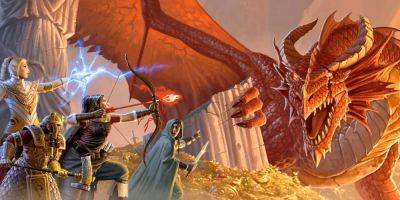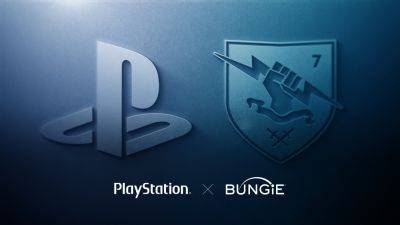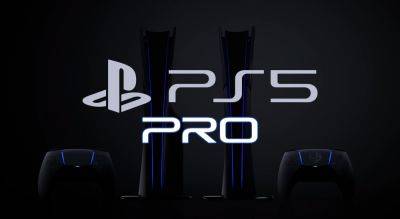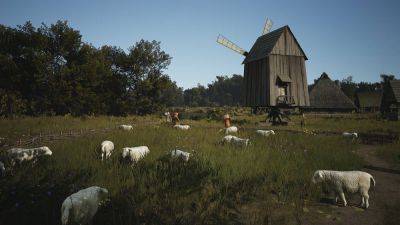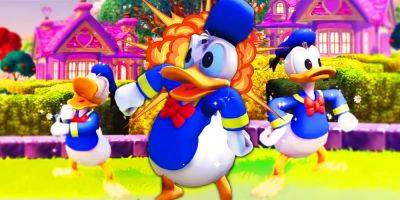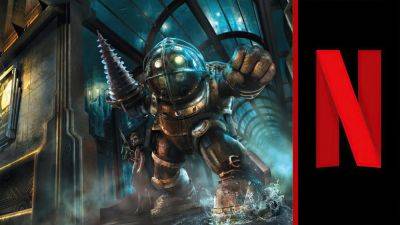Godot Engine Creator Will Go with Full Path Tracing Instead of a Lumen-Like Hybrid; Nanite-Like System Not Planned
The free cross-platform open-source Godot game-making engine has been around for over ten years now. Created by Argentinian developers Juan Linietsky and Ariel Manzur, it has been used so far by indie developers in games like Deponia, The Case of the Golden Idol, Cassette Beasts, Brotato, and the upcoming Slay the Spire 2. Perhaps the highest-profile game made with Godot was Sonic Colors: Ultimate, developed by Blind Squirrel Games.
As with all active engines, Godot is continuously updated by its makers. Last year, they added support for AMD FidelityFX Super Resolution 2.2 and several shader improvements. What's next, though? Well, yesterday, creator Juan Linietsky wrote a lengthy thread on Twitter/X outlining the team's goal for a cinematic renderer: they'd rather go with full path tracing than with a hybrid solution like Unreal Engine 5's Lumen.
Related Story Turtle WoW 2.0 Server Will Bring Azeroth to Unreal Engine 5 with DLSS and FSR Support
The first thing to understand is that this type of technology is more in the realm of cinematic renderers. It requires more modern, dedicated GPUs as a baseline. Most Godot users currently do not need or aim for this with their games; hence, it is not a priority. Instead, most of the work the past year was to first modernize the rendering base code and solve all the existing problems. This was needed before any work on a cinematic renderer.
But okay, let's say everything is ready to do a cinematic renderer. The first thing to understand is that Godot is not Epic. The project does not have 150 veteran graphics engineers who can maintain an insanely huge renderer. [...] First of all, it should be ray/path-tracing only (with base raster pass). This saves incredible amounts of work, as shadows, GI, reflections, etc. would all be ray traced. Hybrids like Unreal or Unity HDRP are far too much complexity, and hardware is getting there anyway.
It's an interesting take, even though path tracing games can still be counted on one hand.


